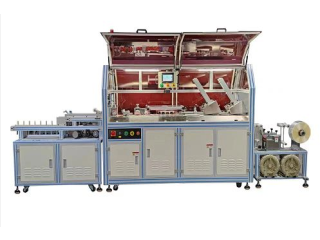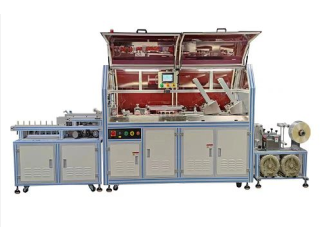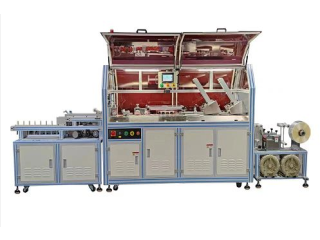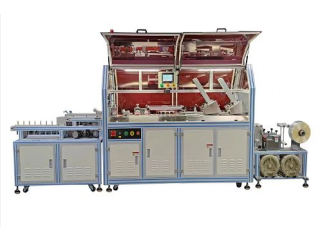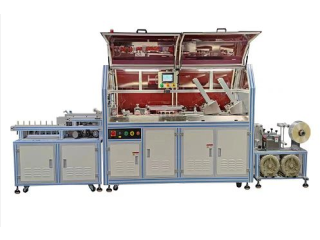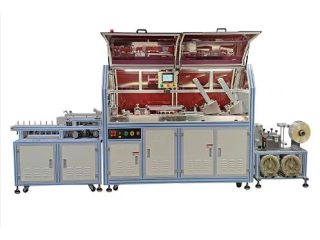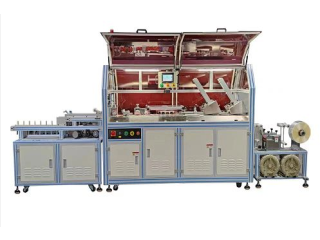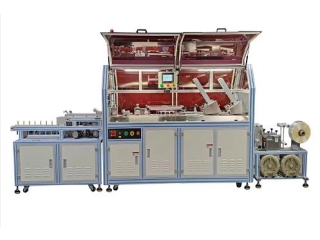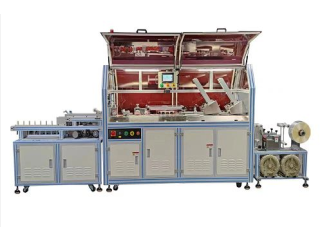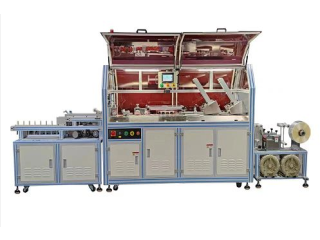Glowteclighting
Nov 8th, 2022 at 06:54 Automobiles Bahawalpur 212 viewsHID Xenon bulb refers to a high-pressure gas discharge lamp that is filled with an inert gas mixture including xenon gas and has no filament that halogen lamps have. Xenon lamps for lamps and outdoor lighting. HID Xenon bulbs are also called HID gas discharge headlamps in the field of automotive lamps. It replaces the traditional tungsten wire with high-pressure xenon gas wrapped in a quartz tube to provide higher color temperature and more concentrated lighting. Since the xenon lamp is a beam of arc light formed by activating xenon gas with high voltage current, it can continuously discharge and emit light between the two electrodes. The power of ordinary car tungsten bulbs reaches 55 watts, while the xenon lamps only need 35 watts, which is reduced by nearly half. Xenon lamps significantly reduce the load on the vehicle's electrical system. The color temperature of car xenon lamps is between 4000K and 6000K, which is much higher than that of ordinary car headlight bulbs. It has high brightness. The light color of the 4300K xenon lamp is white and yellowish. Due to the lower color temperature, the visual effect is yellowish, and the penetrating power of the light is stronger than that of the high color temperature lamp, which can improve the driving safety at night and in foggy weather. It was first used in air transport. There are two categories of xenon lamps that are widely used in the market, one is automotive lighting and the other is motorcycle lighting. But it has been more than ten years since it was used in cars in large quantities. It was developed by HELLA in the early 1990s. Xenon lamps are more expensive than ordinary halogen lamps and incandescent lamps due to their high technical content.
A light-emitting diode (LED) is a semiconductor light source that emits light when current flows through it. Electrons in the semiconductor recombine with electron holes, releasing energy in the form of photons. The color of the light (corresponding to the energy of the photons) is determined by the energy required for electrons to cross the band gap of the semiconductor. White light is obtained by using multiple semiconductors or a layer of light-emitting phosphor on the semiconductor device. LEDs have many advantages over incandescent light sources, including lower power consumption, longer lifetime, improved physical robustness, smaller size, and faster switching. In exchange for these generally favorable attributes, disadvantages of LEDs include electrical limitations to low voltage and generally to DC (not AC) power, inability to provide steady illumination from a pulsing DC or an AC electrical supply source, and lesser maximum operating temperature and storage temperature. In contrast to LEDs, incandescent lamps can be made to intrinsically run at virtually any supply voltage, can utilize either AC or DC current interchangeably, and will provide steady illumination when powered by AC or pulsing DC even at a frequency as low as 50 Hz. LEDs usually need electronic support components to function, while an incandescent bulb can and usually does operate directly from an unregulated DC or AC power source.
LED car light means that the light sources inside and outside the car use LED technology for external and internal lighting. External lighting involves thermal limits and EMC issues, as well as many complex criteria for unloaded load testing. Car LED bulbs can be widely used to create a car interior environment, with a service life of 50,000 hours. The structure of the LED is sturdy and not easily affected by vibration, and the light output brightness will not drop significantly during use. LED car lights are suitable for various lighting applications in automotive electronics, including headlights (high and low beam), fog lights, tail lights, brake lights, turn signals, daytime running lights, pedal lights, instrument lights, license plate lights, door lights, interior lights, position lights, navigation, entertainment systems, backlights and indicators, etc.
A headlamp is a lamp attached to the front of a vehicle to illuminate the road ahead. Headlamps are also often called headlights, but in the most precise usage, headlamp is the term for the device itself and headlight is the term for the beam of light produced and distributed by the device. Headlamp performance has steadily improved throughout the automobile age, spurred by the great disparity between daytime and nighttime traffic fatalities: the US National Highway Traffic Safety Administration states that nearly half of all traffic-related fatalities occur in the dark, despite only 25% of traffic travelling during darkness. Other vehicles, such as trains and aircraft, are required to have headlamps. Bicycle headlamps are often used on bicycles, and are required in some jurisdictions. They can be powered by a battery or a small generator like a bottle or hub dynamo. Automotive headlamp applications using light-emitting diodes (LEDs) have been undergoing development since 2004. In 2006 the first series-production LED low beams were factory-installed on the Lexus LS 600h / LS 600h L. The high beam and turn signal functions used filament bulbs. The headlamp was supplied by Koito. As of 2010, LED headlamps such as those available on the Toyota Prius were providing output between halogen and HID headlamps, with system power consumption slightly lower than other headlamps, longer lifespans, and more flexible design possibilities. As LED technology continues to evolve, the performance of LED headlights was predicted to improve to approach, meet, and perhaps one day surpass that of HID headlamps. That occurred by mid-2013, when the Mercedes S-Class came with LED headlamps giving higher performance than comparable HID setups.


